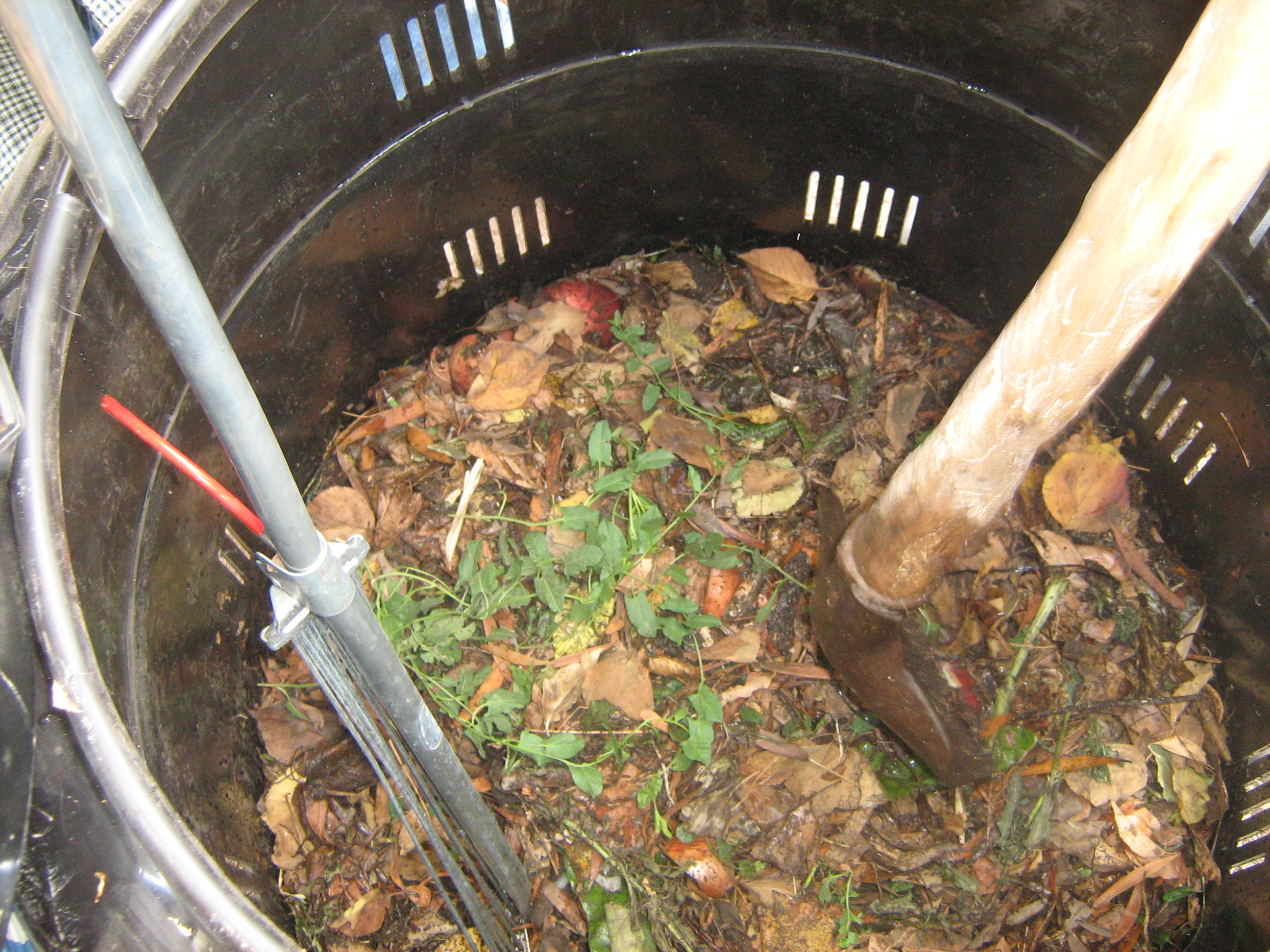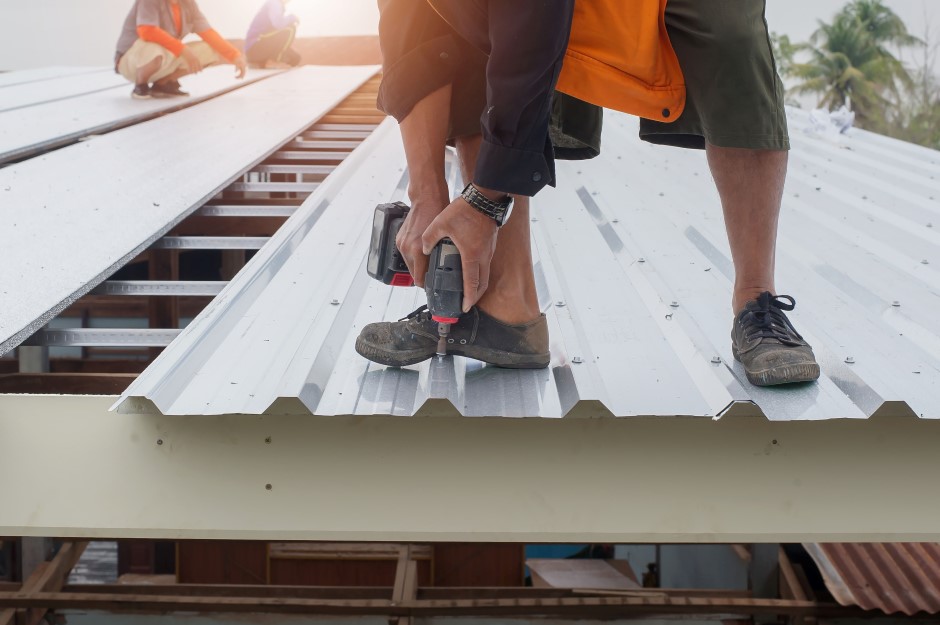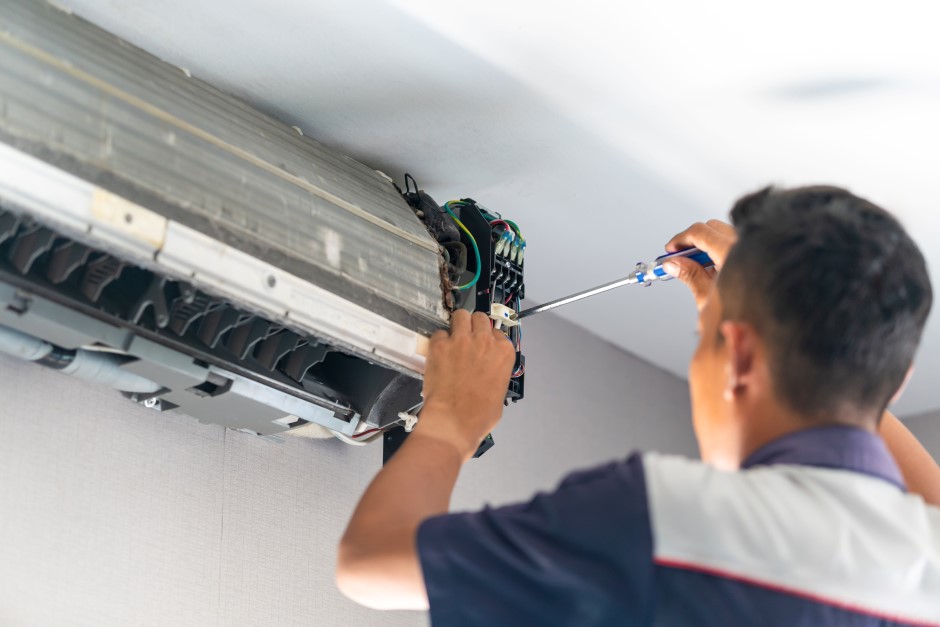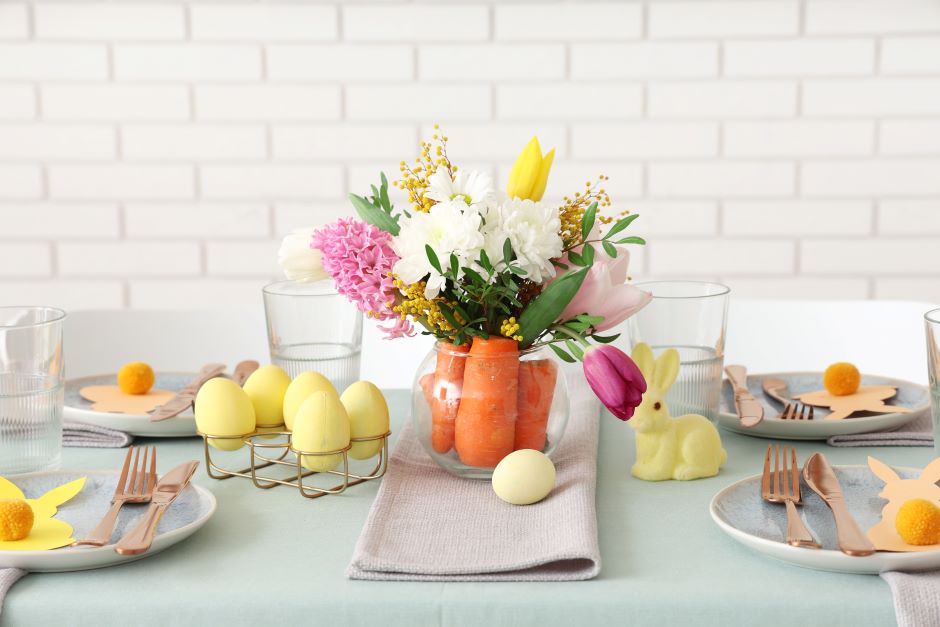While some sources report that humans have been using composting techniques since the days of Ancient Greece and Mesopotamia, you’ve likely heard of this concept much more recently. In fact, both across the country and across the world, people are taking notice of the many benefits which home composting and community composting practices provide to everything from personal gardens and landscaping to the global environmental as a whole and are rolling up their sleeves to join the movement.
Some major cities, like San Francisco, have even vowed to make recycling and composting such an integral part of their community that by 2020 they will have zero waste output into area landfills!
Why to Start Your Home Compost Pile

So what’s so great about composting? Well, the development of compost is an entirely natural phenomenon which occurs in nature in order to improve the conditions of the earth to allow for new plant growth to thrive more fully than before. This allows for richer soil, healthier plants, less airborne pollutants, and removes up to 30% of what would otherwise be left to sit in landfills around the country. This means that for everything from your home’s landscaping to your family’s health can be significantly improved over time simply by starting and maintaining a home compost pile!
With all these benefits coming from the surprising simple process of beginning home composting, it’s no wonder that homeowners and governments alike are pushing for more composting across the world. If you’re ready to join the movement yourself and see all these benefits at your own home simply follow these basic guidelines:
How to Start Your Home Compost Pile
Since composting is an entirely natural process of decomposition, it’s incredibly easy to begin a compost pile on your property. The real trick lies in providing that pile with the ingredients and conditions it needs to perform that decomposition as quickly as possible.
Ingredients
It’s vital for quick decomposition to balance the amount of “brown waste” with “green waste”, broadly speaking with 3 times as much brown waste as green waste. This allows for a healthy bed of carbon-rich material to decompose into the soil before nitrogen-rich material filters into the new soil to provide further nutrients for further growth. Some authorities on beginning a new compost pile advise homeowners to think of these first deposits as layers which can be sured up by water between each one. The thick brown waste layers can contain everything from fallen leaves, human and animal hair, twigs, sawdust, and cardboard while the thinner green waste layers are composed of grass clippings, weeds, animal waste, coffee grounds, and the remains of fruits and vegetables.
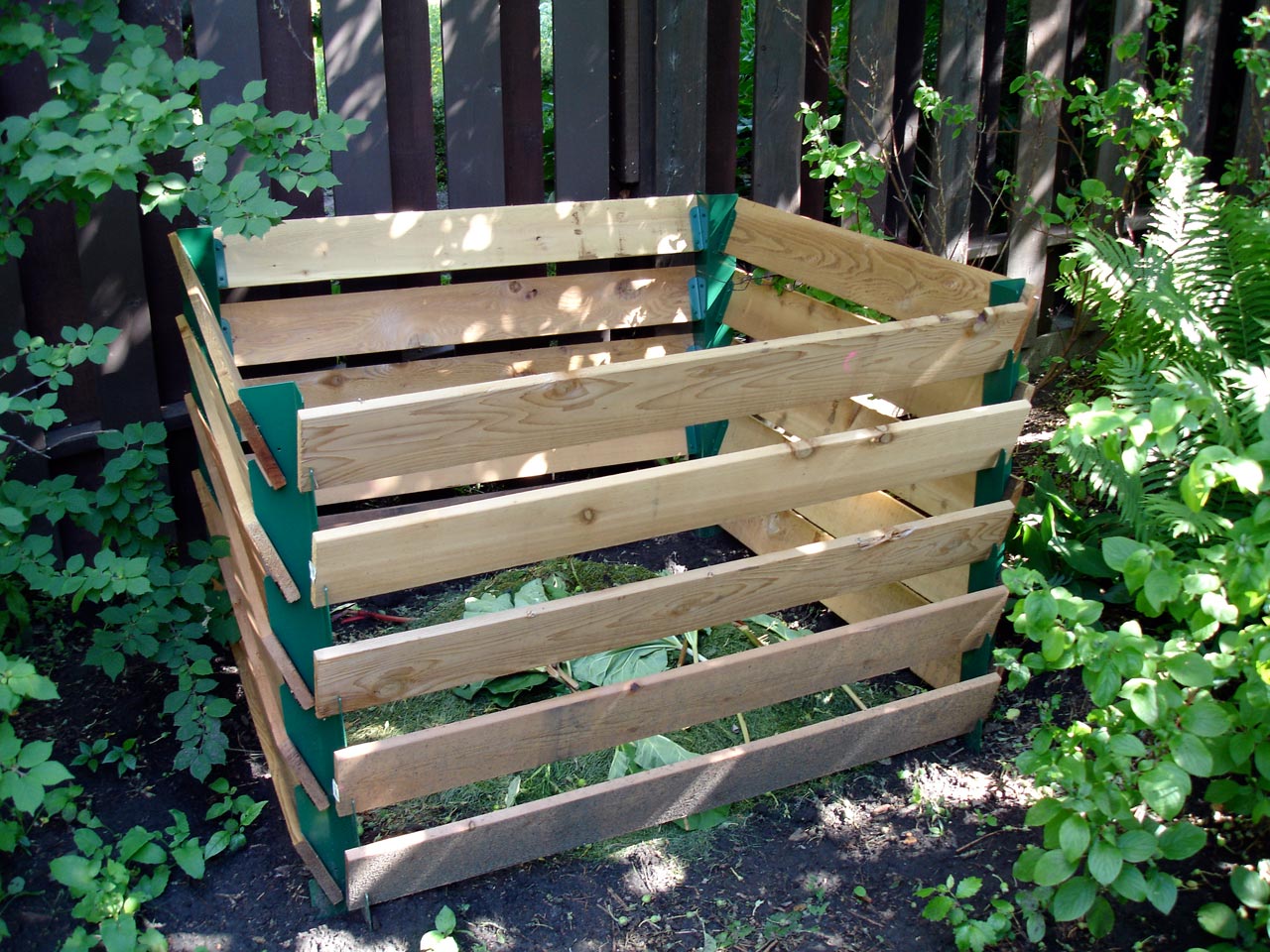
Conditions
All that in mind, it take more than a pile of waste in the corner of your yard to really gain the full benefits of home composting, allowing the maximum possible amount of sunlight, aeration, and moisture into your home’s compost pile is what ultimately will determine the speed of decomposition.
In order to maximize these conditions, consider using a simple guide like a DIY log enclosure or any of the many store-bought compost bins and containers on the market today to increase the amount of the pile which is accessible to sunlight and air exposure. Additionally, make sure to maintain the amount of moisture in your compost pile by watering the pile after each new layer added on. This helps to support the micro-organisms which are converting your former trash into an incredibly beneficial resource for your garden and landscaping.



